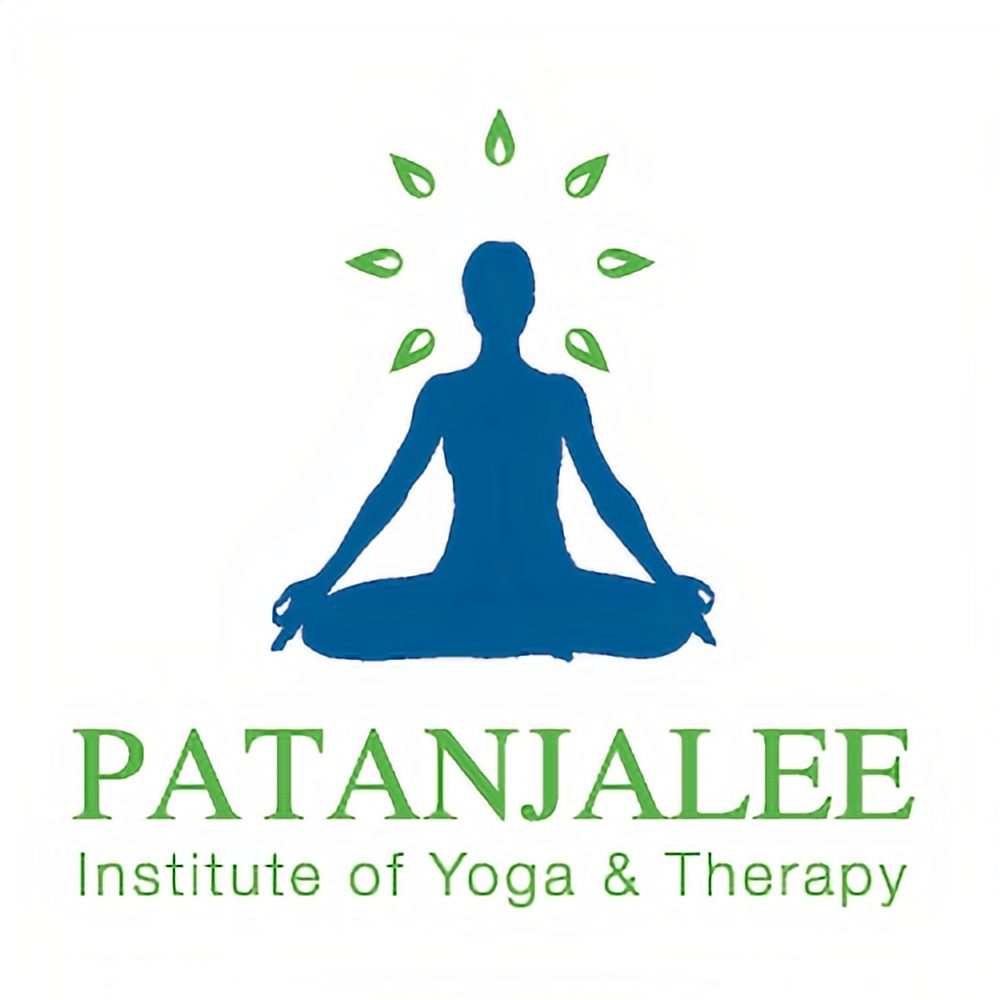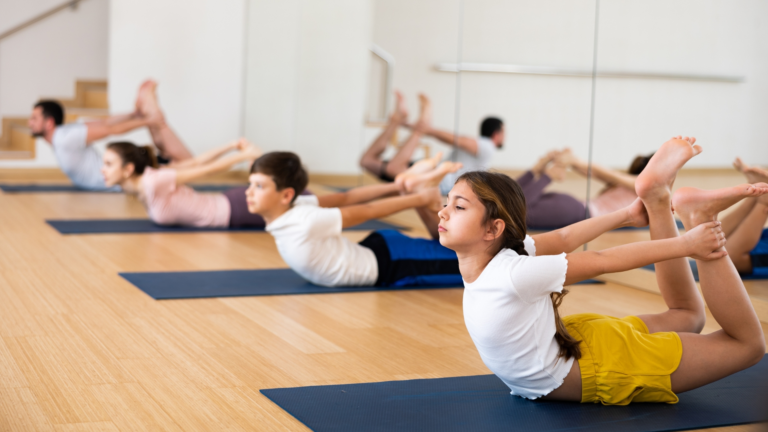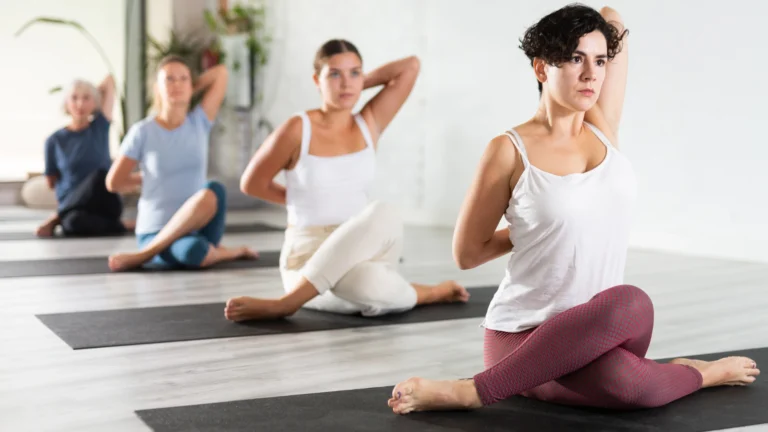Bhujangasana – Cobra Pose | Steps, Benefits, Cautions
In the tapestry of yoga asanas, Bhujangasana, or Cobra Pose, emerges as a symbol of strength, grace, and vitality. Originating from the Sanskrit words “bhujanga” (serpent or cobra) and “asana” (pose), this ancient yoga posture embodies the fluid movements of a snake as it gracefully lifts its head. As practitioners of yoga delve deeper into their practice, Bhujangasana stands as a cornerstone pose, offering a gateway to physical rejuvenation, mental tranquility, and spiritual elevation. In this comprehensive guide, we embark on a journey to unravel the intricacies of Bhujangasana, exploring its steps, benefits, and essential precautions to cultivate a profound understanding of this transformative pose.
Understanding Bhujangasana
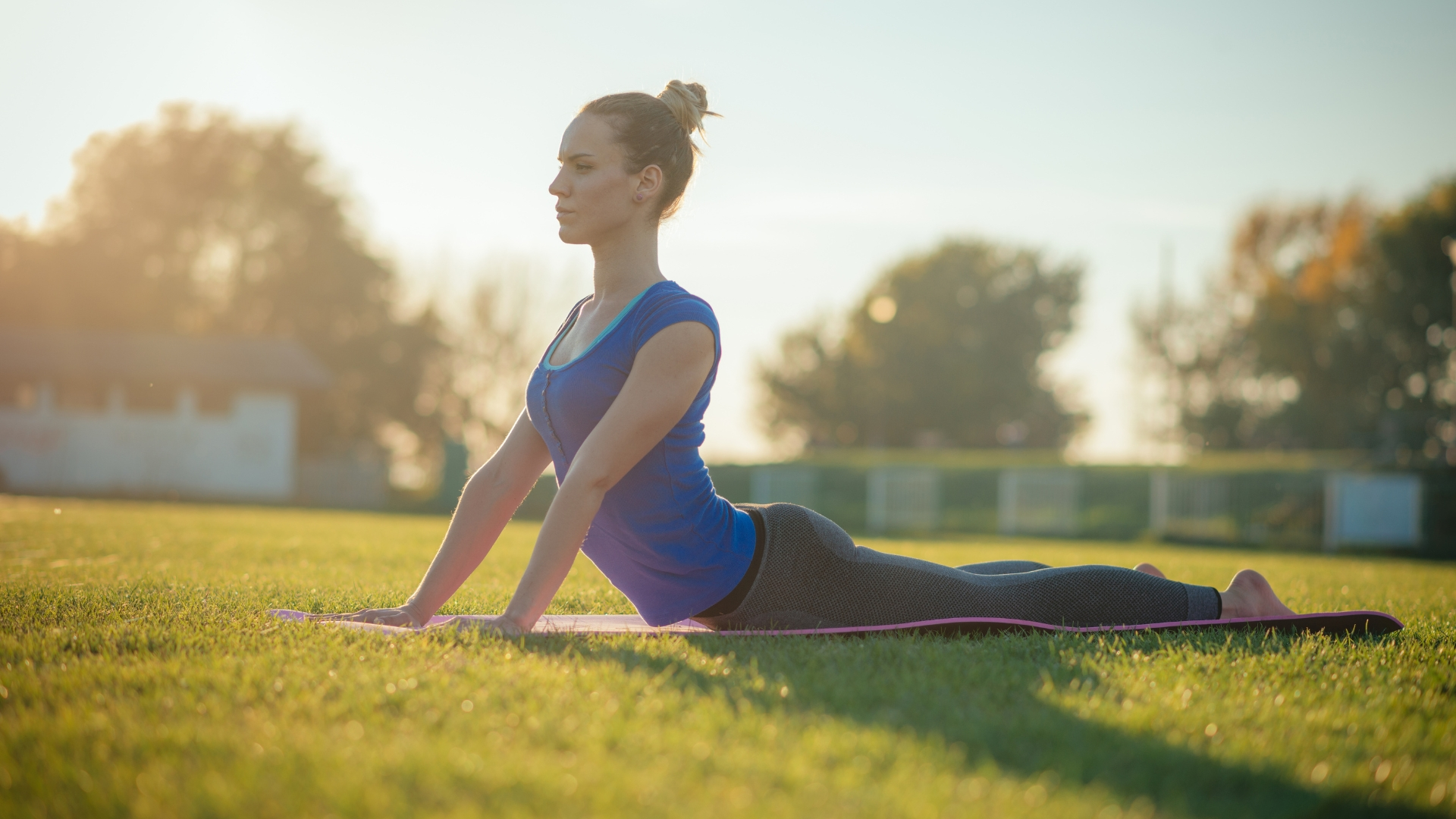
Bhujangasana, with its roots deeply embedded in traditional yoga philosophy, symbolizes the awakening of inner strength and resilience. It is often incorporated into yoga sequences as a preparatory or transitional pose, seamlessly linking various postures to create a harmonious flow of movement and breath. At its core, Bhujangasana is a backbend pose that nurtures the spine, opens the heart center, and fosters a sense of expansion and vitality within the practitioner. As we delve into the mechanics of Bhujangasana, let us embark on a journey of self-discovery and transformation, guided by the wisdom of this ancient yogic practice.
Steps to Practice Bhujangasana
Embarking on the journey of Bhujangasana requires a mindful approach and a deep connection with one’s body and breath. Join online yoga classes to practice this pose effectively and follow these step-by-step instructions:
- Preparation: Begin by finding a quiet and serene space where you can lay down your yoga mat. Wear comfortable clothing that allows for unrestricted movement and remove any distractions from your surroundings.
- Prone Position: Lie flat on your stomach (prone position) on the yoga mat, extending your legs behind you and keeping them hip-width apart. Ensure that your toes are pointing away from you and your forehead rests gently on the mat.
- Hand Placement: Place your palms flat on the mat directly under your shoulders, spreading your fingers wide and pressing them firmly into the ground. Keep your elbows close to your body and aligned with your ribcage.
- Engage Core Muscles: As you prepare to lift your chest off the mat, engage your core muscles by drawing your navel in towards your spine. This action provides stability and support to your lower back throughout the pose.
- Inhale and Lift: Inhale deeply as you gradually lift your chest off the mat, allowing your spine to gently arch and your shoulders to roll back. Keep your gaze forward, directing your vision slightly upward without straining your neck.
- Shoulder Positioning: As you rise into Bhujangasana, focus on drawing your shoulder blades together and downward, creating space across the chest and broadening the collarbones. This action helps to alleviate tension in the shoulders and promotes a deeper opening of the heart center.
- Maintain Alignment: Ensure that your pelvis remains grounded throughout the pose, avoiding any excessive pressure on the lower back. Keep your thighs engaged and your buttocks relaxed to maintain stability and balance.
- Breath Awareness: Stay connected to your breath throughout the practice, inhaling deeply as you lift into Bhujangasana and exhaling slowly as you release the pose. Allow each breath to guide you deeper into the pose, creating a sense of ease and fluidity in your movements.
- Duration and Repetition: Hold Bhujangasana for 15-30 seconds, breathing steadily and mindfully. Repeat the pose 2-3 times, gradually increasing the duration as your practice progresses and your body becomes more accustomed to the pose. According to the India Book of Records, the longest time recorded for holding the Bhujangasana is 10 minutes and 46 seconds .
- Release and Rest: To release Bhujangasana, exhale gently as you lower your chest back down to the mat, returning to the prone position. Take a moment to rest and observe the sensations in your body, allowing for a smooth transition between poses.
Key Points to Remember
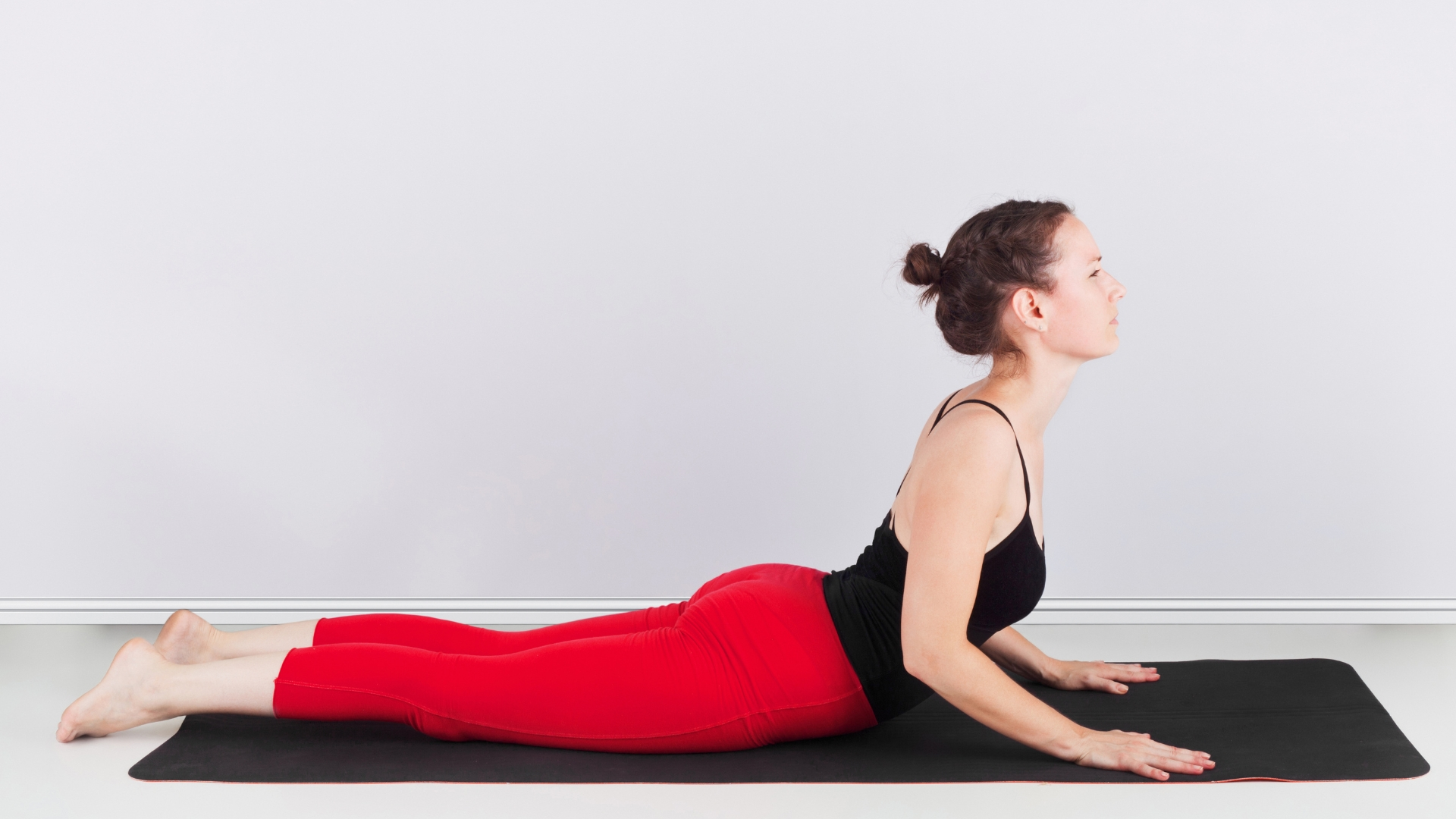
- Listen to Your Body: Honor your body’s limitations and avoid pushing yourself beyond your comfort zone. If you experience any discomfort or pain, gently release the pose and rest before attempting it again.
- Modify as Needed: Modify Bhujangasana by keeping your elbows slightly bent or placing a bolster under your hips for added support. Adjust the intensity of the pose based on your level of flexibility and strength.
- Focus on Alignment: Pay attention to the alignment of your body, ensuring that your wrists are directly under your shoulders and your elbows are aligned with your ribcage. Maintain a neutral spine and avoid overarching or compressing the lower back.
- Cultivate Awareness: Cultivate mindfulness and awareness throughout your practice, observing the sensations in your body and the fluctuations of your breath. Allow each breath to guide you deeper into the present moment, fostering a sense of inner peace and tranquility.
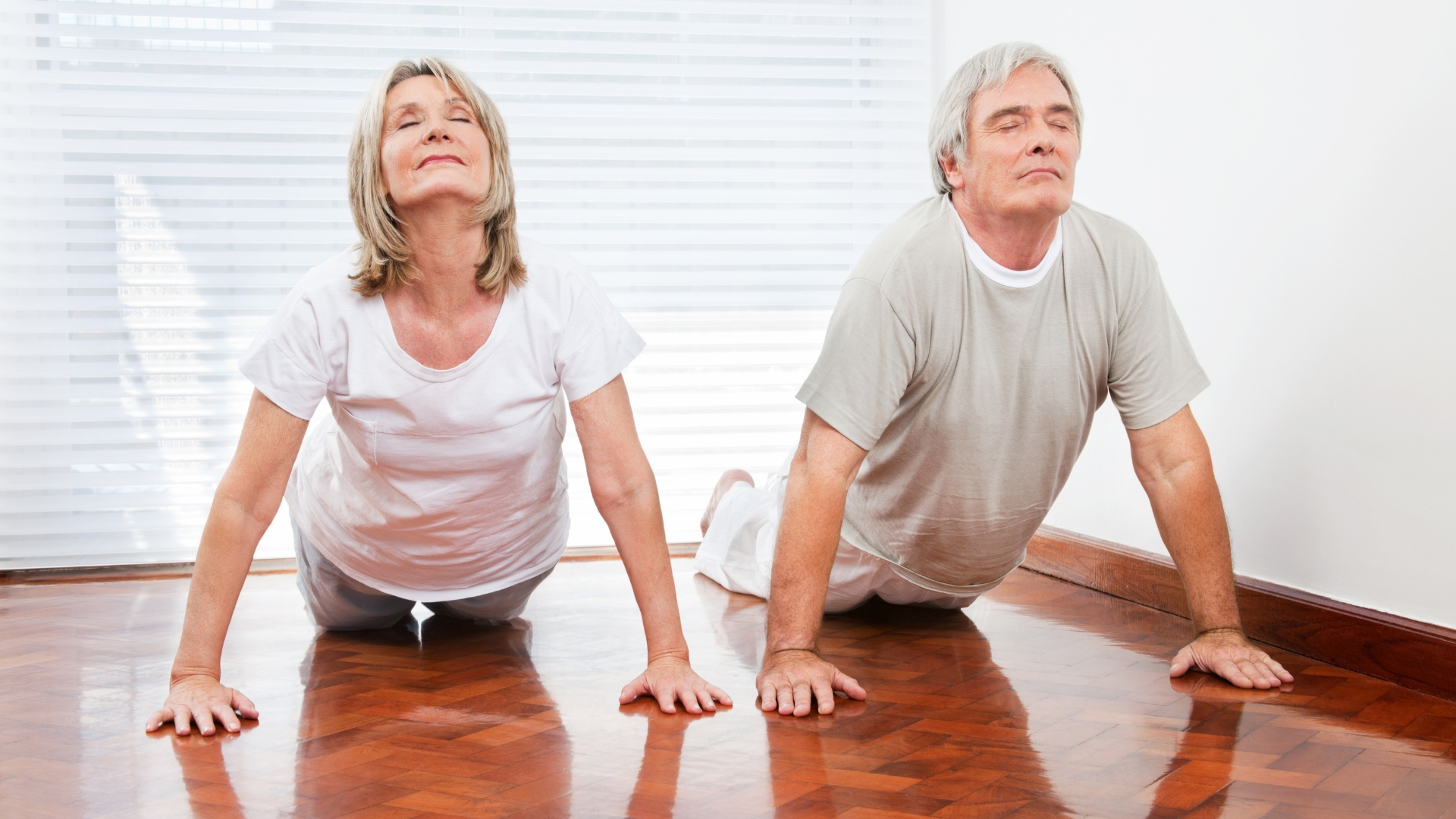
Benefits of Bhujangasana
Bhujangasana offers a myriad of benefits for the body, mind, and spirit, making it a valuable addition to any yoga practice. Some of the key benefits include:
- Spinal Health: Bhujangasana gently stretches and strengthens the muscles along the spine, promoting better alignment and relieving tension in the back. It helps to counteract the effects of prolonged sitting and poor posture, enhancing overall spinal health and flexibility.
- Improved Posture: Regular practice of Bhujangasana helps to correct rounded shoulders and slouching, encouraging a more upright and open posture. By strengthening the muscles of the back and shoulders, it supports the natural curvature of the spine and reduces the risk of postural imbalances.
- Enhanced Flexibility: Cobra Pose increases the flexibility of the spine, shoulders, and chest, allowing for greater range of motion and mobility in daily activities. It helps to release tightness and tension in the muscles, promoting suppleness and ease of movement throughout the body.
- Stimulated Digestion: The gentle compression and massage of the abdominal organs in Bhujangasana stimulate digestion and improve gastrointestinal function. It helps to relieve constipation, bloating, and indigestion, promoting a healthy digestive system and efficient nutrient absorption.
- Energetic Awakening: Bhujangasana activates the solar plexus chakra (Manipura), located in the abdomen, which governs vitality, willpower, and self-confidence. By stimulating this energy center, it awakens inner strength and resilience, infusing the practitioner with a sense of empowerment and purpose.
- Emotional Release: As a heart-opening pose, Bhujangasana helps to release stagnant energy and emotional blockages stored in the chest and heart center. It encourages the expression of love, compassion, and gratitude, fostering emotional healing and balance.
- Respiratory Benefits: The expansion of the chest in Cobra Pose improves lung capacity and respiratory function, enhancing oxygenation of the blood and promoting deep, diaphragmatic breathing. It helps to alleviate shallow breathing patterns and reduce stress-related tension in the chest and shoulders.
- Stress Reduction: Bhujangasana stimulates the adrenal glands and promotes the release of endorphins, neurotransmitters that induce feelings of relaxation and well-being. It helps to reduce stress, anxiety, and fatigue, promoting a sense of calm and inner peace.
- Improves Reproductive Health: Bhujangasana, or Cobra Pose, may aid fertility by reducing stress, improving blood circulation to reproductive organs, stimulating them, balancing hormones, and relieving tension in pelvic muscles. Enrolling in online fertility yoga classes helps you practice this yoga pose, alongside a healthy lifestyle and medical guidance, which can potentially enhance fertility by addressing physical and psychological factors that influence reproductive health.
Precautions and Contraindications
While Bhujangasana offers numerous benefits, it may not be suitable for everyone, especially those with pre-existing health conditions or injuries. It is essential to approach this pose with caution and awareness, taking into account the following precautions:
- Back Injuries: Individuals with herniated discs, spinal fractures, or chronic back pain should avoid Bhujangasana or practice modified versions under the guidance of a qualified yoga instructor. Excessive arching of the spine can exacerbate existing back issues and lead to further injury.
- Pregnancy: Pregnant women should exercise caution when practicing Bhujangasana, especially during the later stages of pregnancy. It is advisable to avoid deep backbends and abdominal compression to prevent strain on the uterus and pelvic floor muscles. Modified versions of Cobra Pose can be practiced with props and guidance from a prenatal yoga teacher.
- Recent Abdominal Surgery: Individuals recovering from abdominal surgery, such as hernia repair or appendectomy, should avoid Bhujangasana until they have fully healed and received clearance from their healthcare provider. The pressure exerted on the abdomen during Cobra Pose may disrupt the healing process and cause discomfort or complications.
- Wrist or Shoulder Injuries: Those with wrist or shoulder injuries should be cautious when practicing Bhujangasana, as it requires weight-bearing on the hands and arms. Modify the pose by placing less pressure on the wrists or using props to support the shoulders. If experiencing pain or discomfort, refrain from practicing the pose until the injury has healed or seek alternative exercises that do not aggravate the condition.
- Carpal Tunnel Syndrome: Individuals with carpal tunnel syndrome, a common condition characterized by numbness, tingling, or weakness in the hands and wrists, should avoid placing excessive weight on the hands in Bhujangasana. Modify the pose by using props to support the wrists or practice alternative poses that do not exacerbate symptoms. Consult a healthcare provider for personalized guidance and recommendations.
You can also read on “USTRASANA – The Camel Posture: Steps and Benefits ”.
Boosts Daily Energy and Positivity
Practicing Bhujangasana in the morning is like giving your body a fresh dose of energy. As you gently lift your chest and open your lungs, you welcome more oxygen into your system. This not only wakes you up but also fills you with a sense of freshness and positivity for the whole day. Many yoga practitioners say that even a few minutes of Cobra Pose in the morning helps them start the day with a smile and clear focus.
Supports Mental Clarity and Confidence
Beyond the physical stretch, Bhujangasana has a calming effect on the mind. By expanding the chest and stimulating the solar plexus chakra, it helps in building inner confidence and strength. This can be especially useful for students, working professionals, or anyone feeling overwhelmed by daily stress. Regular practice often brings sharper concentration, balanced emotions, and a gentle uplift in mood—making it a natural way to nurture mental health.
Encourages a Holistic Lifestyle
What makes Bhujangasana truly positive is how it inspires people toward better living. Once you start feeling the lightness in your body and calmness in your mind from this simple yoga pose, you naturally begin making healthier choices—like eating well, sleeping better, and practicing mindfulness. In this way, Bhujangasana is not just a posture; it becomes a doorway to a more holistic, balanced, and joyful lifestyle.
A Yoga Asana with Historical Roots in Classical Texts
Bhujangasana is described in the 17th-century Hatha yoga text Gheranda Samhita, affirming its long-standing place in traditional practice. This roots the pose deeply in the historical lineage of yoga.


Conclusion
Bhujangasana, the Cobra Pose, stands as a testament to the transformative power of yoga, offering a gateway to physical vitality, emotional balance, and spiritual awakening. Through mindful practice and dedicated effort, one can unlock the myriad benefits of Bhujangasana, cultivating a deeper connection with oneself and the world around them. As we journey through the steps, benefits, and precautions of Bhujangasana, may we embrace the wisdom of this ancient practice and embody the serenity and strength of the cobra. Let us honor the sacred union of breath, body, and spirit, as we continue to explore the boundless potential of yoga on and off the mat.
